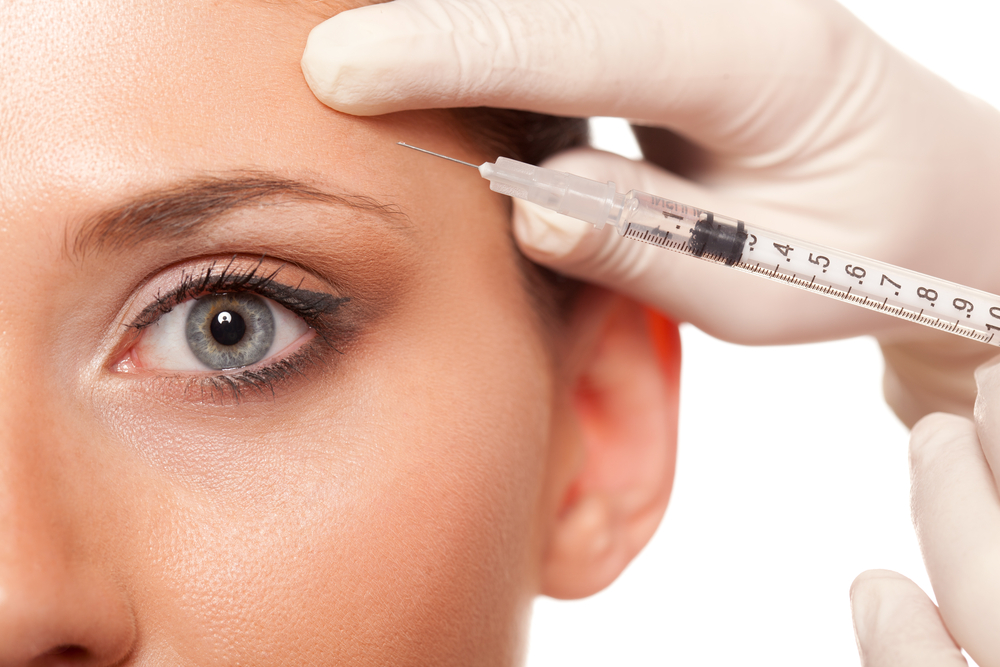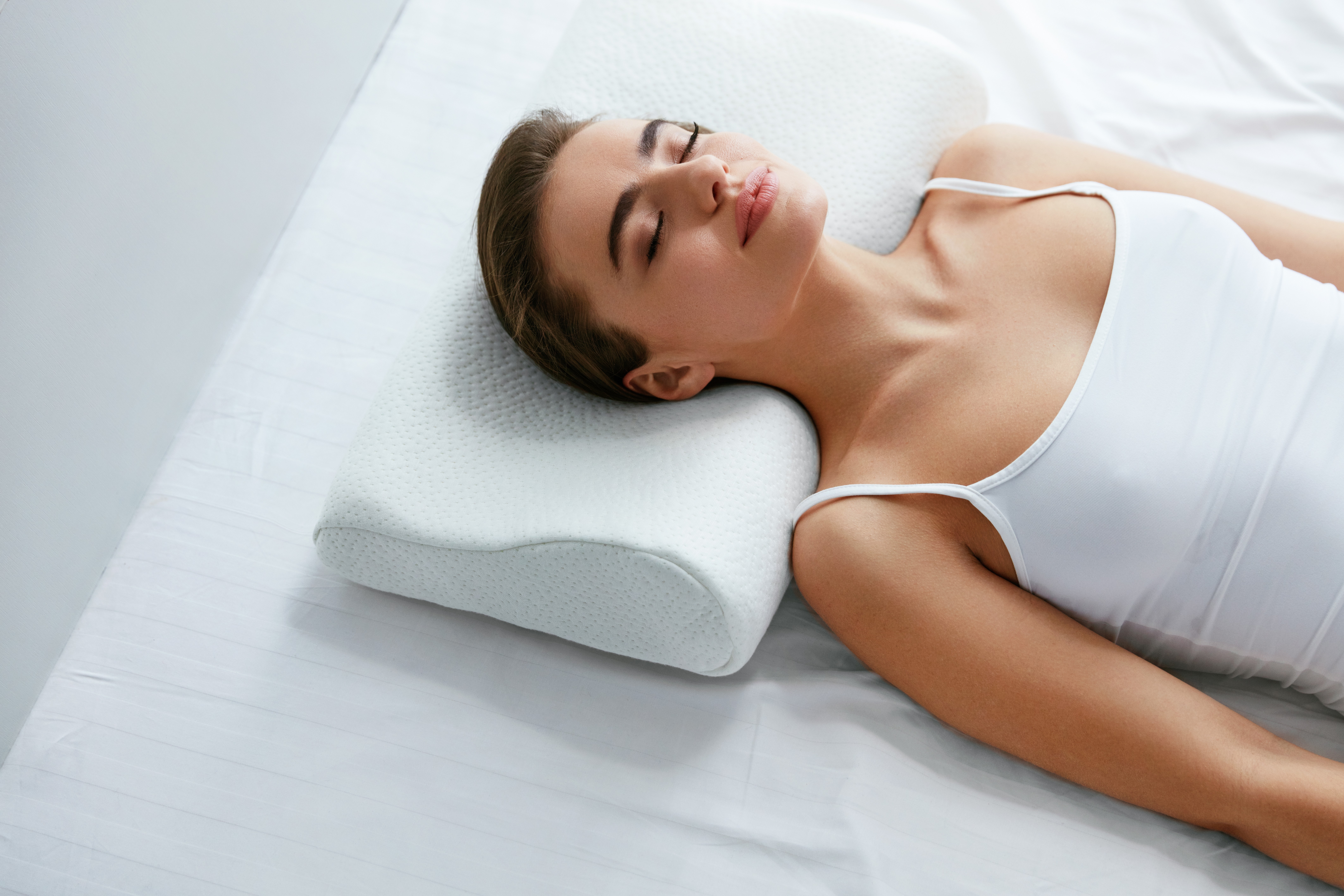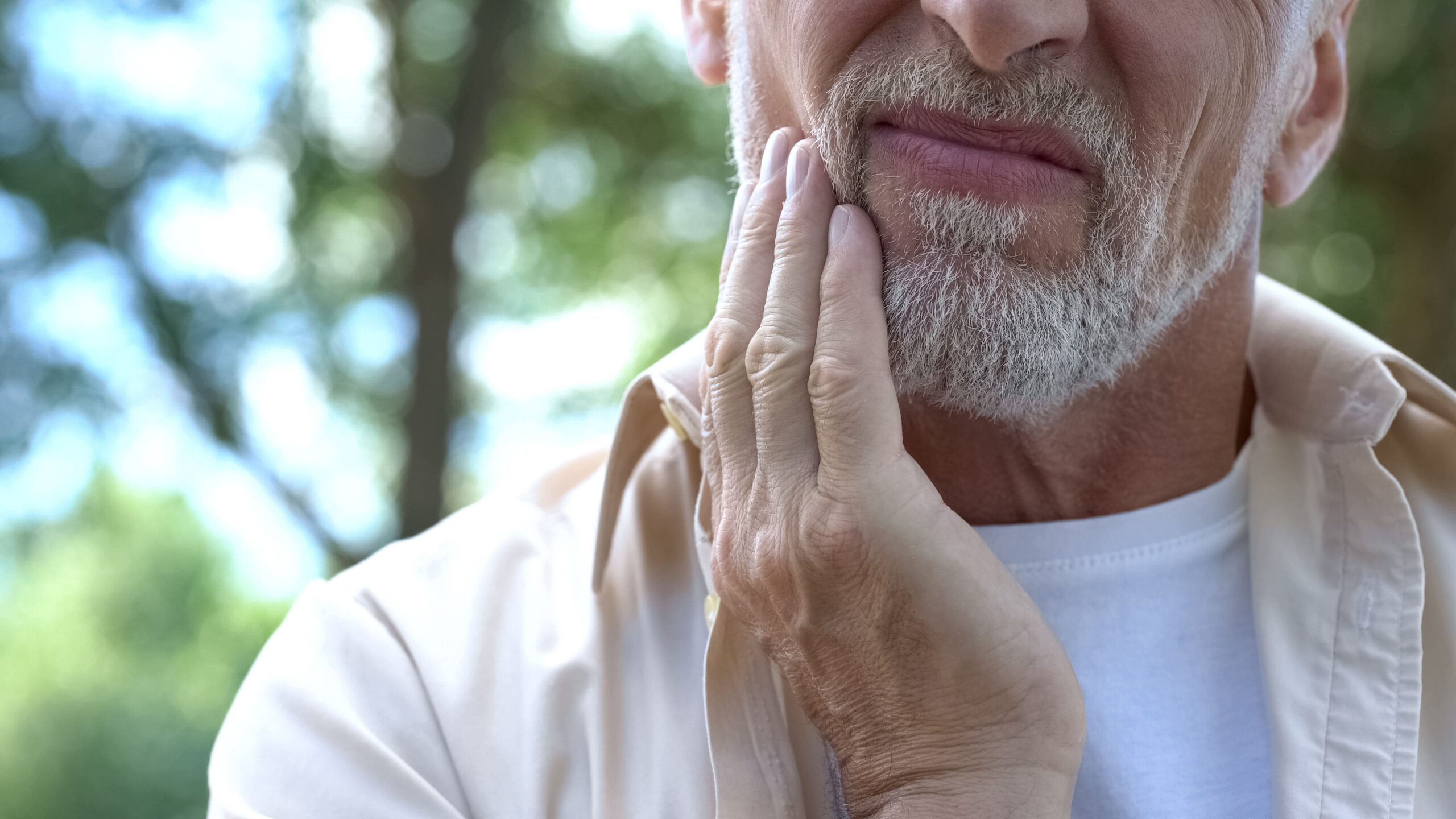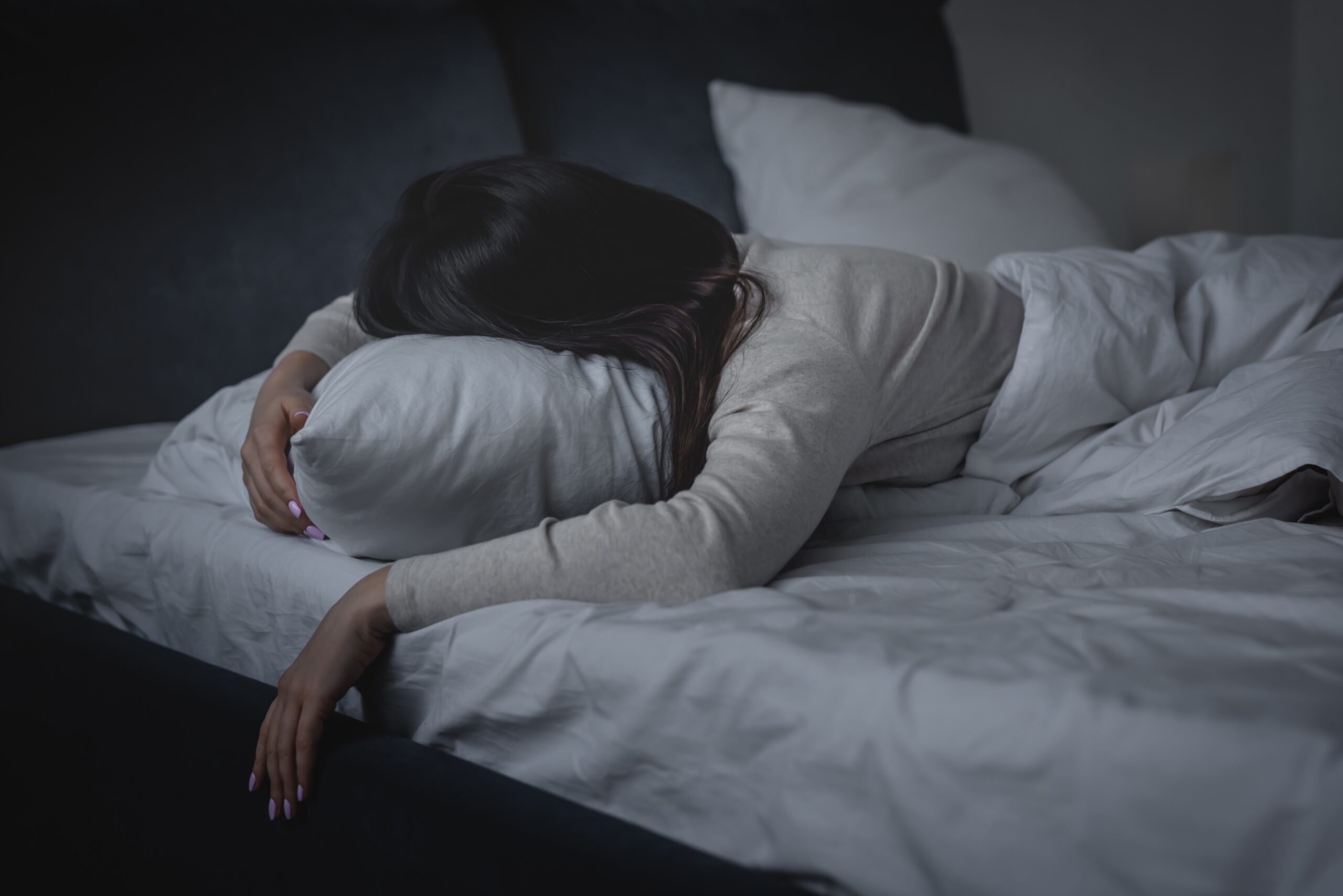Botox may be able to help you if you’re suffering from chronic migraines. It’s not a cure-all, but it is a safe and effective treatment for the severe headaches that plague many people with this condition.
Migraine Botox injections are given by an experienced professional in specific areas of the head and neck. This section will provide an overview of how Botox works for migraine sufferers and how it’s administered.
Are You Suffering From Migraine?
Migraine is a neurological disorder that affects more than 10% of the world’s population. The pain of migraines comes from the brainstem and is caused by changes in blood vessels in your head and neck —not from muscle soreness or inflammation like other types of pain do.
A migraine happens when blood vessels in your brain expand, causing pain and other symptoms such as sensitivity to light or noise. This chronic condition can also cause nausea and vomiting.
How Botox Injections Manage Migraine?
People are familiar with Botox injections because they are commonly used for cosmetic purposes. They work by blocking nerve impulses from reaching the muscles around your face, reducing wrinkles on your forehead. However, Botox can also treat migraines by relaxing facial muscles around the eyes so they don’t contract as much when you smile or frown. This reduces pressure on nerves in the head area known as trigeminal nerve endings.
Before giving any injection, doctors first sterilize the area to be treated. They may use an antiseptic solution or powder.
Next, they inject Botox into your muscle tissue with a small needle. The procedure takes about 10 minutes and should not hurt because of this technique. However, sometimes patients report mild discomfort or pain when they get injections in their face. This is normal and should go away within a few hours or sometimes sooner.
Where are the Injection Sites?
Only a healthcare provider who has been trained to do the injections should give them. This is because the injections must be given in such specific locations, including neck, shoulders, forehead and scalp.
- Neck and shoulders: One of the most common areas for Botox injections is the neck and shoulders. The neck has a lot of muscles that can cause pain when they contract or spasm. This area is also easy to reach and treat with Botox, making it an ideal place for migraine sufferers who want to try this method as their first option before moving on to other options, such as surgery or medication.
- Forehead: The forehead is another common site for Botox injections for migraines. The injection is often given at the temple or above the eyebrows. However, it can also go into other areas of the forehead if necessary. Botox injections in this area can help prevent chronic migraines, reduce their frequency, and treat them when they occur.
- Scalp: The scalp is another excellent place to inject Botox. It’s easy to reach, and you can target the area quickly. Also, it’s a large area, so you can get more done in one session than with other sites.



